by Victoria Hinshaw
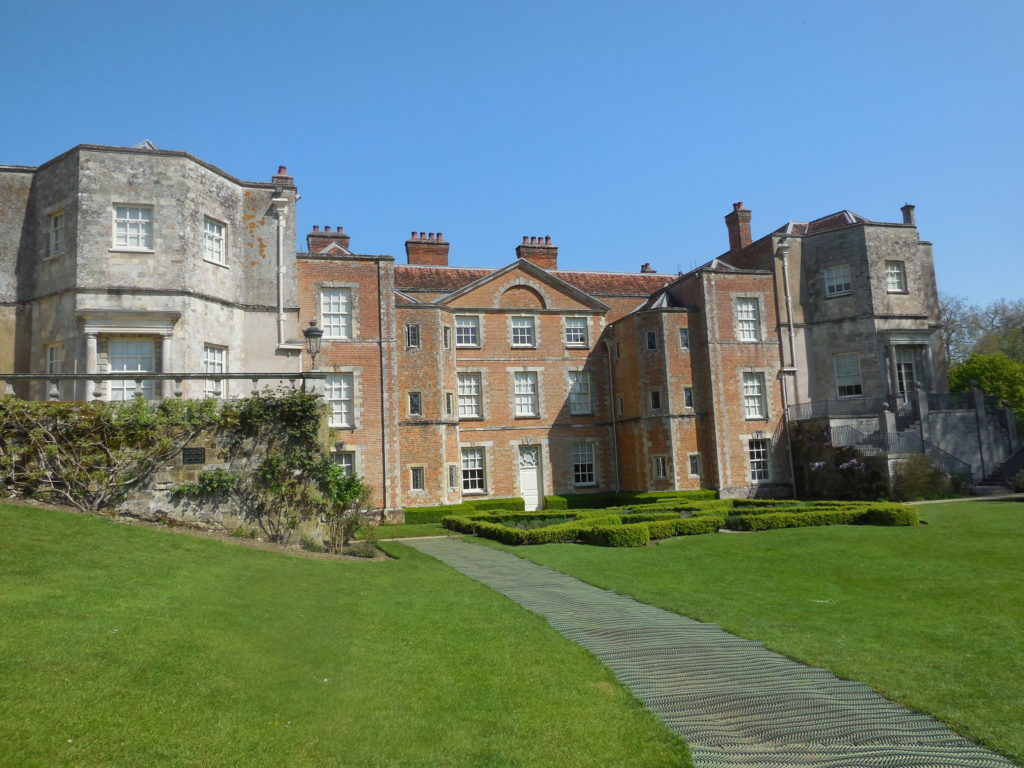
Tucked away in Hampshire is a stately home I have long wanted to visit for several reasons. The estate encompasses the ruins of an Augustinian priory (the title Abbey was added later — and incorrectly, according to the NT); the gardens are renowned; and Rex Whistler painted some famous trompe d’oeil decorations in the drawing room.

During the course of my research with Kristine at the various Wellington archives, we were able to steal off for the day to meet with fellow authors Alicia Rasley and Nonnie St. George. Of course the best reason for the visit was the opportunity to connect with friends from many a meeting of The Beau Monde…and fellow writers one and all. If we missed any of the relevant treasures of the estate, it was because we were so full of conversation catching up on our latest activities.
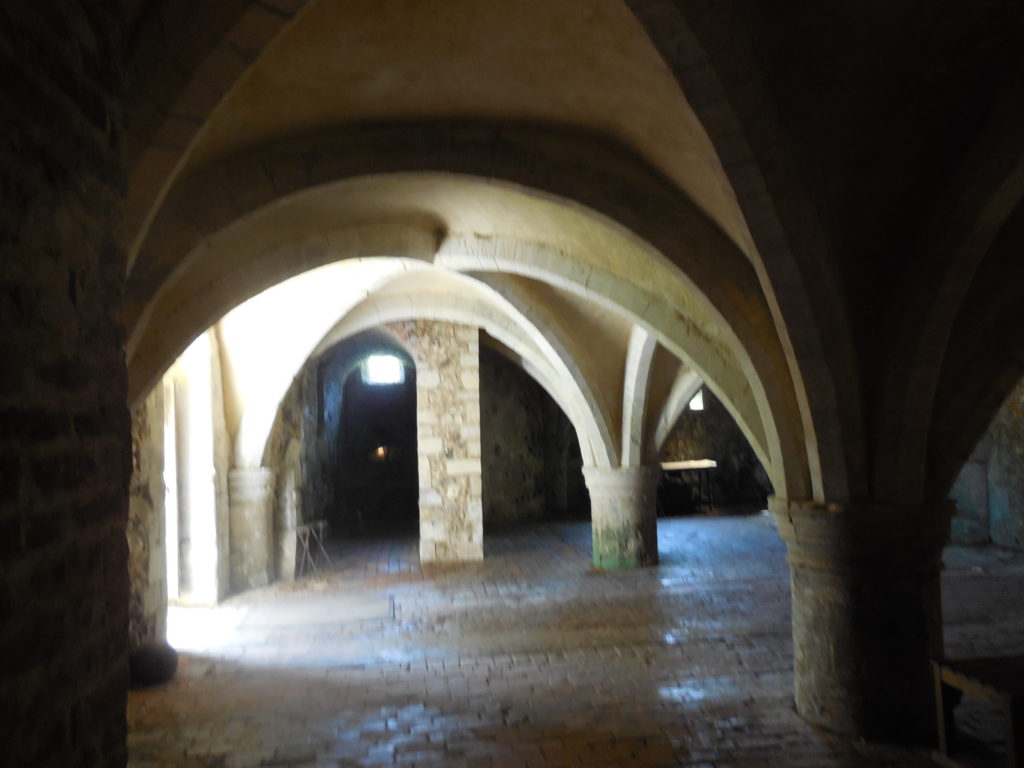
First stop was the cellarium, a remnant of the original priory building, dating from the 13th century.
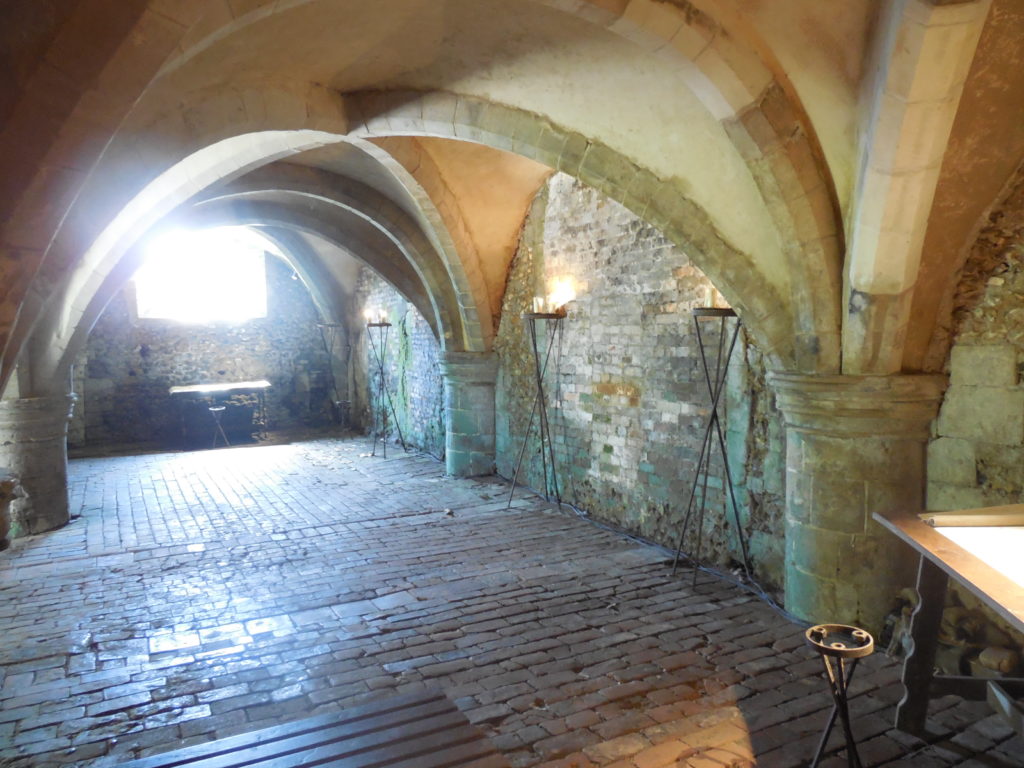

The morning room was the perfect place to enjoy reading and conversing. It was a favorite spot for Maud Russell, the lady responsible for the current appearance of the estate.
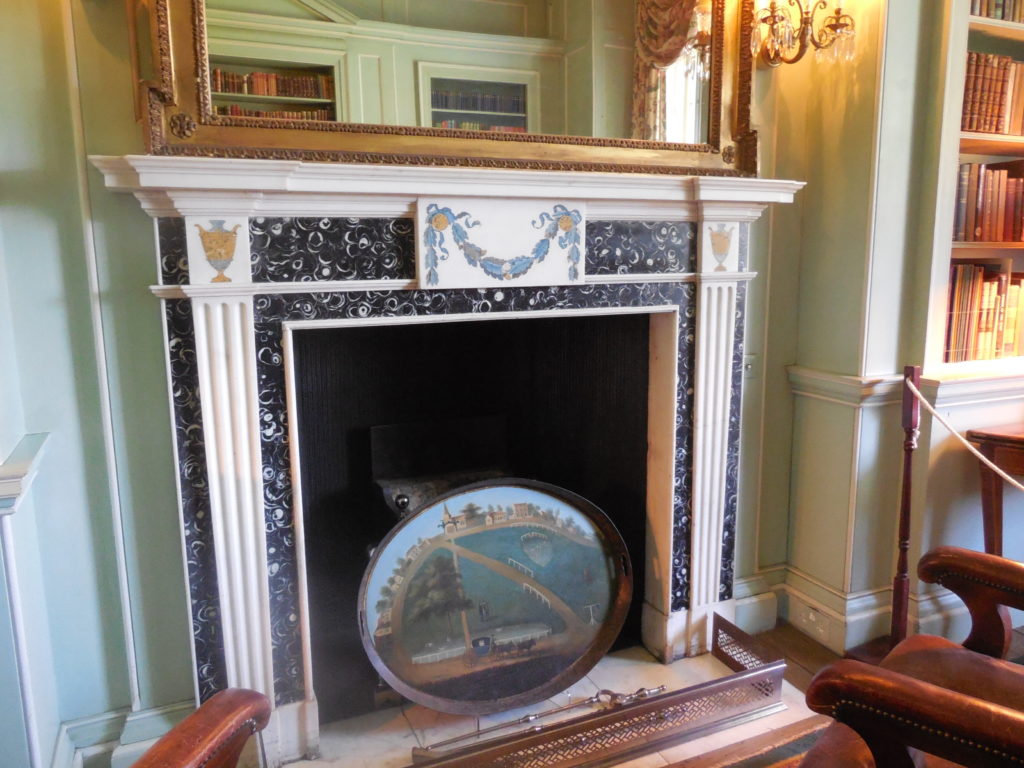
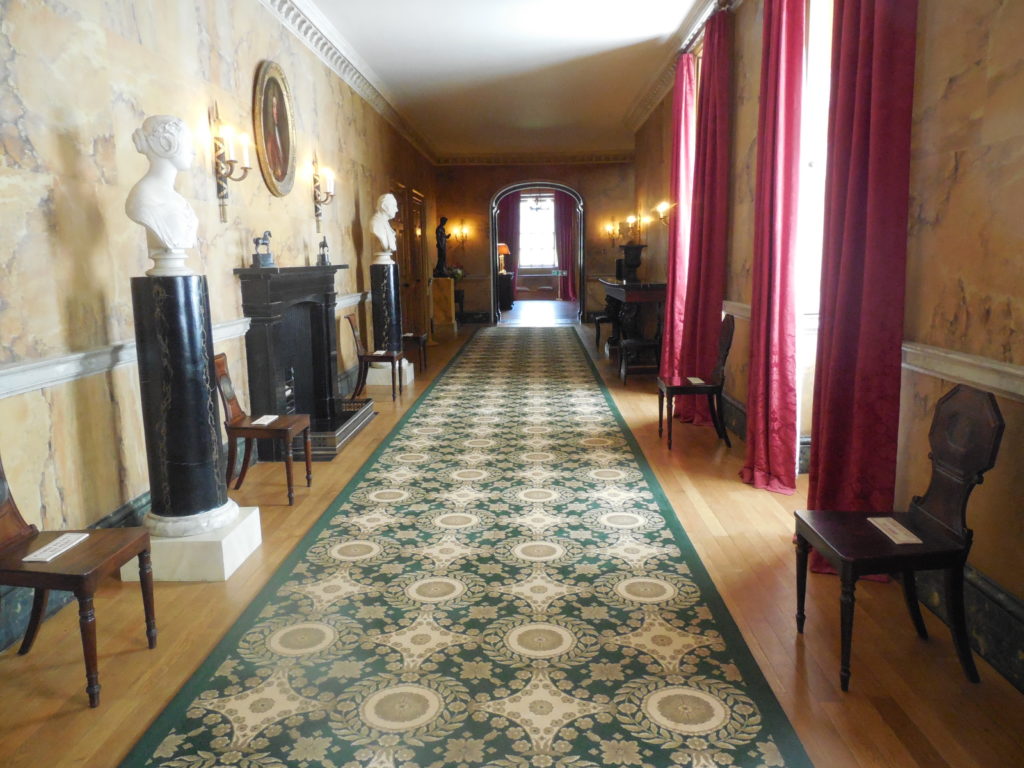
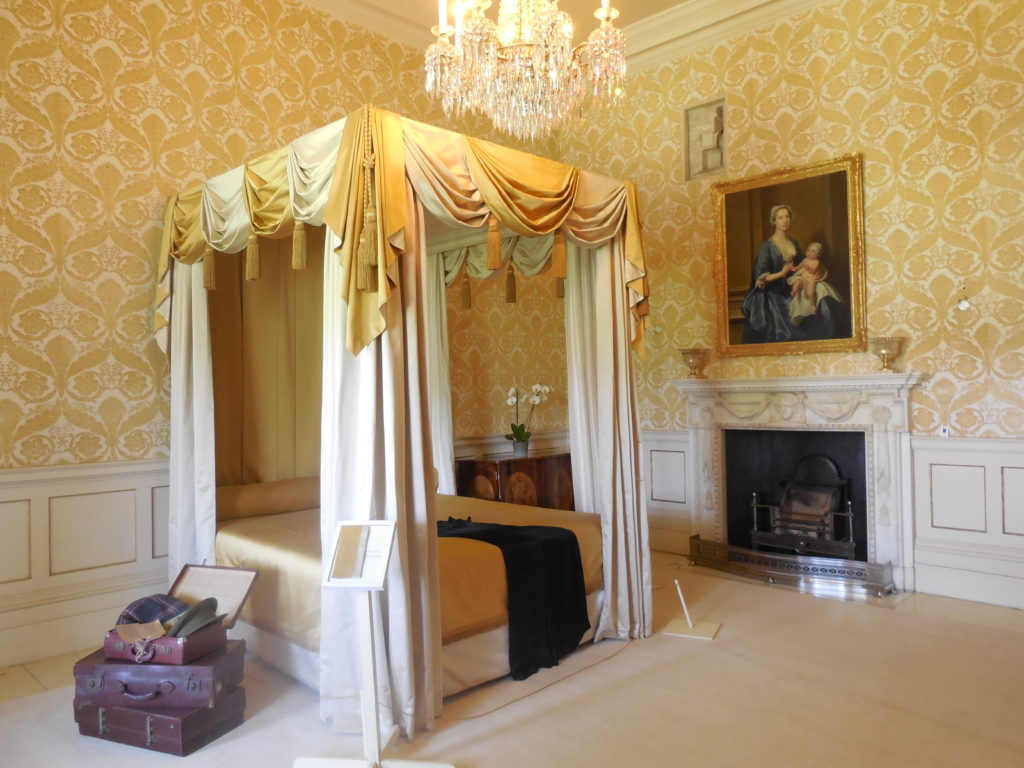
In this handsome bedchamber, several remnants of the old priory building have been left uncovered.
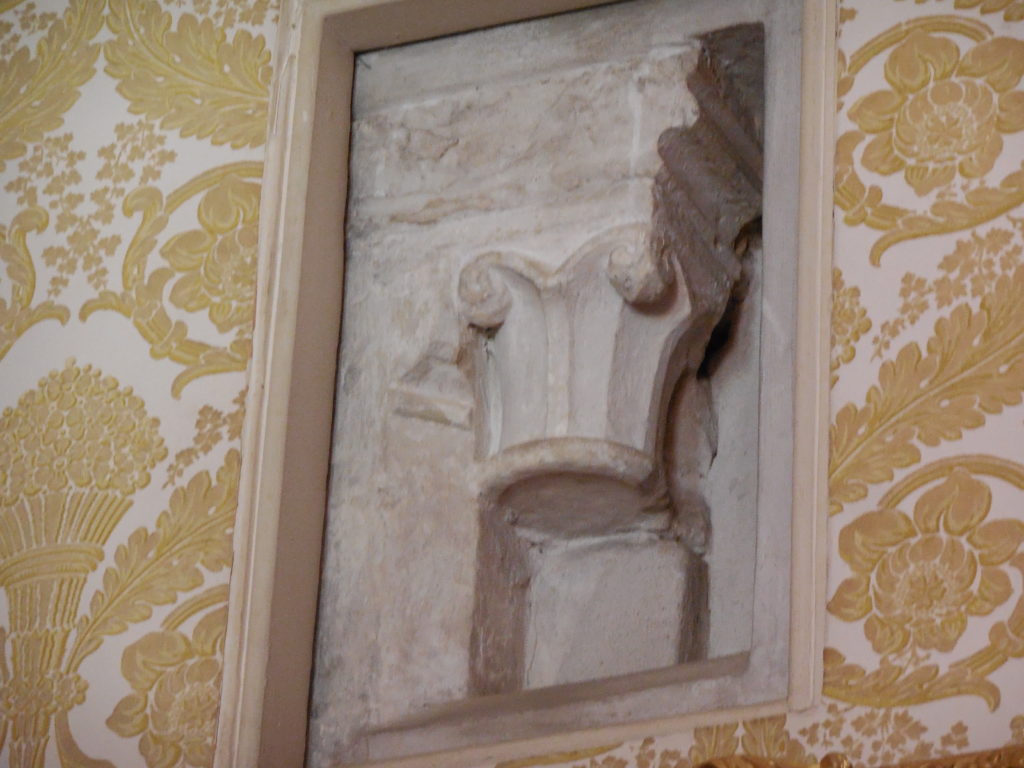
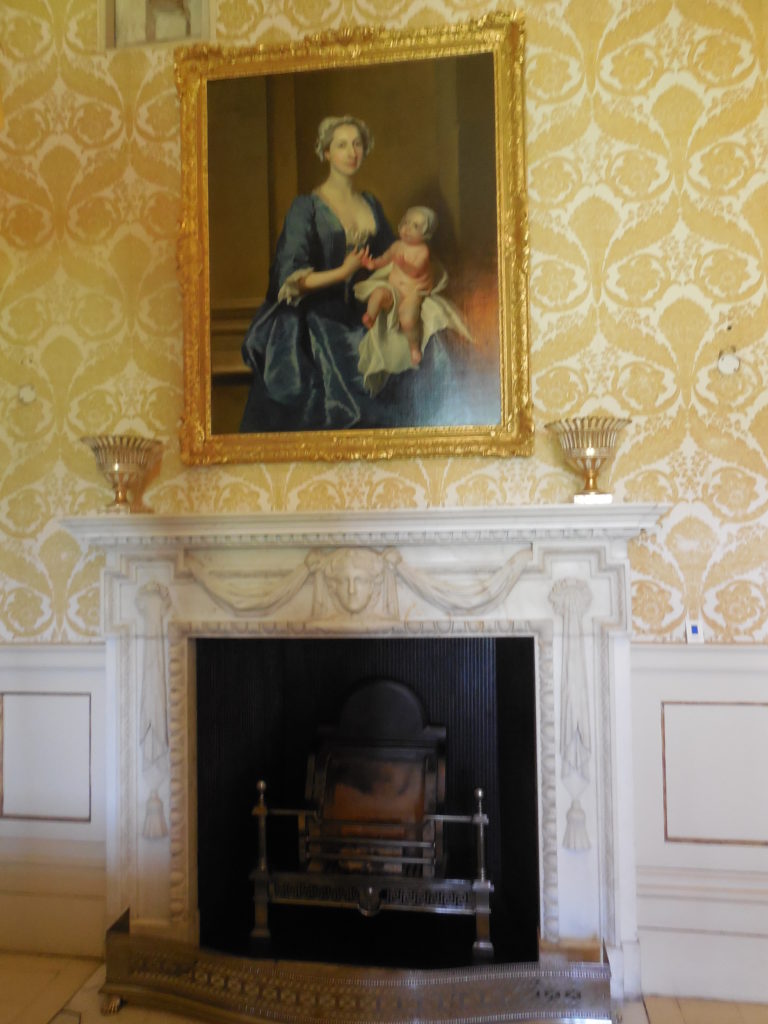
The painting over the fireplace is Johanna Warner, Mrs. Robert of Bedhampton and her daughter, Kitty, later Mrs. Jervoise Clarke, 1736; by Joseph Highmore.
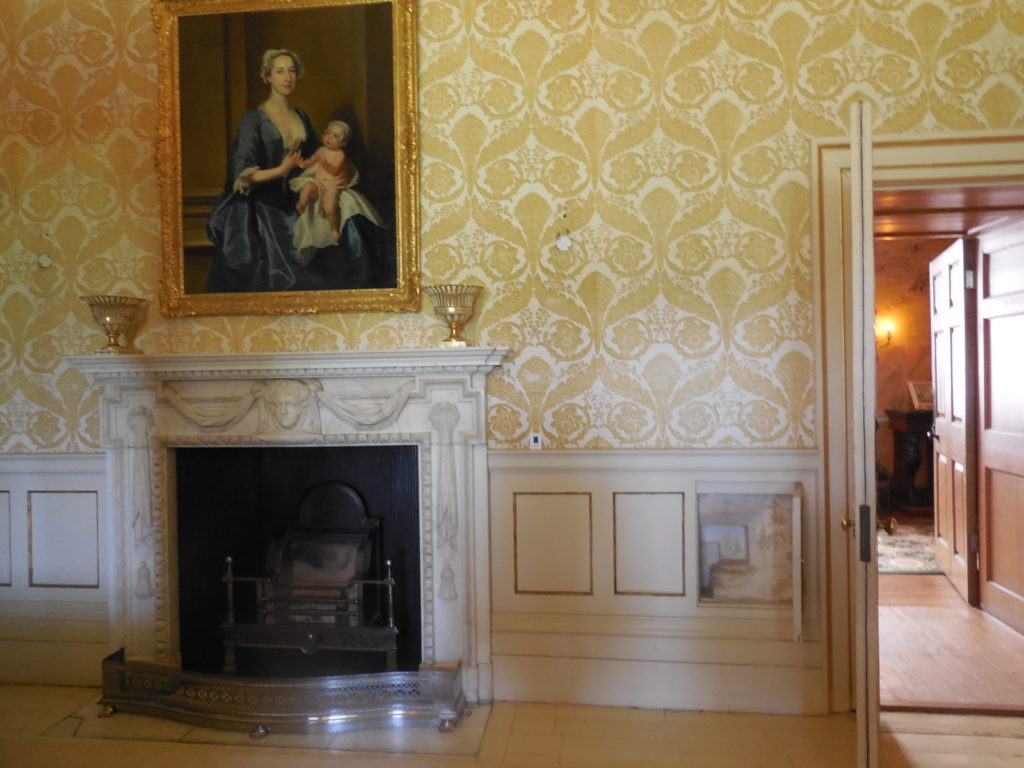
To the Right of the fireplace is another of the secret doors which show the old structure behind the walls of the current house.
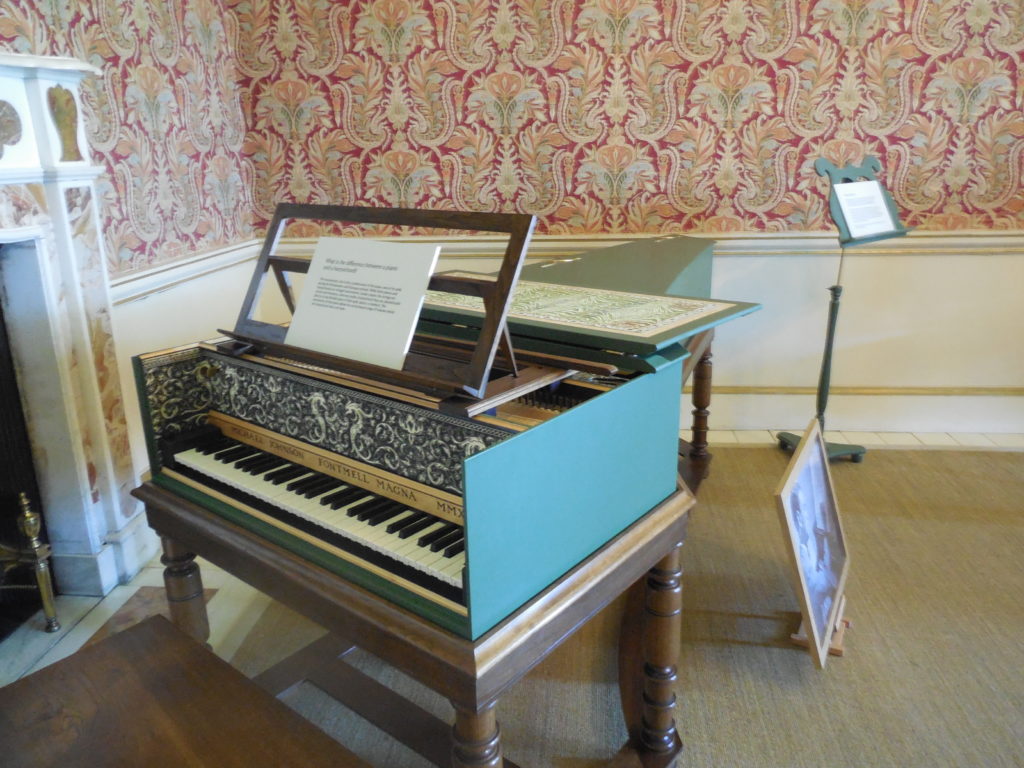
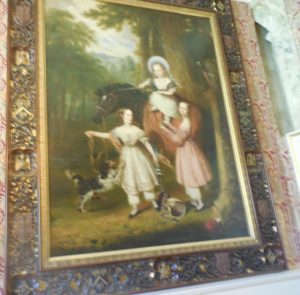
The charming picture above (and below) is The Challoner Daughters by John Roger Herbert, RA (1810-1890), described as “three little girls in a woodland scene with a pony and dogs.”
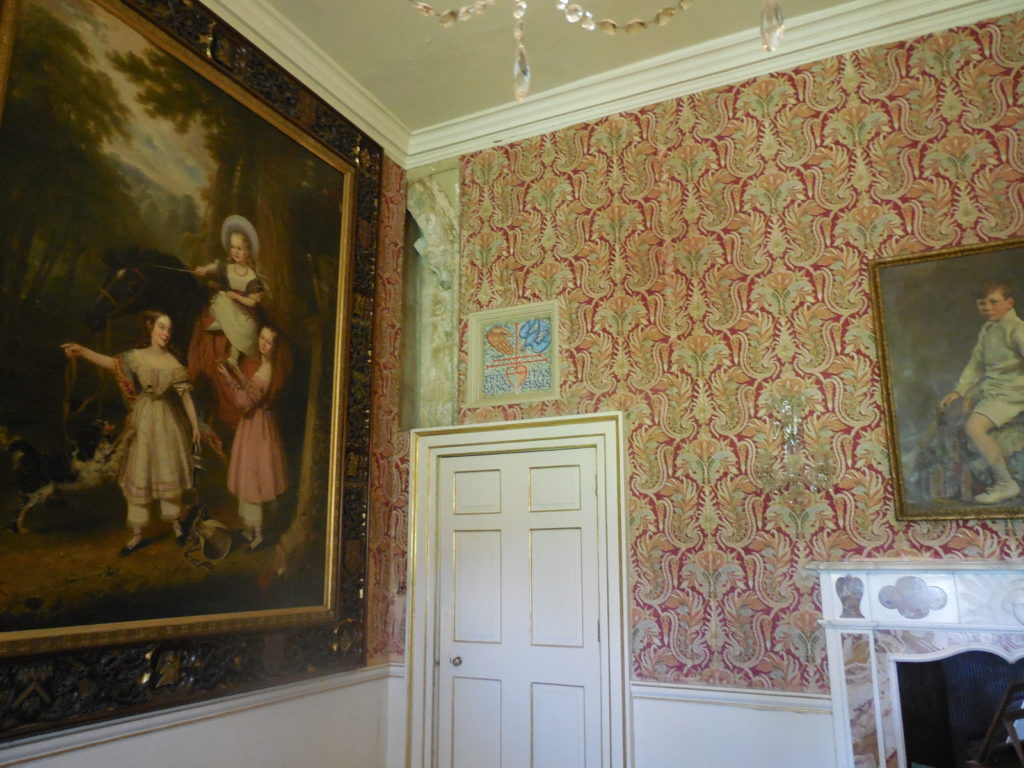
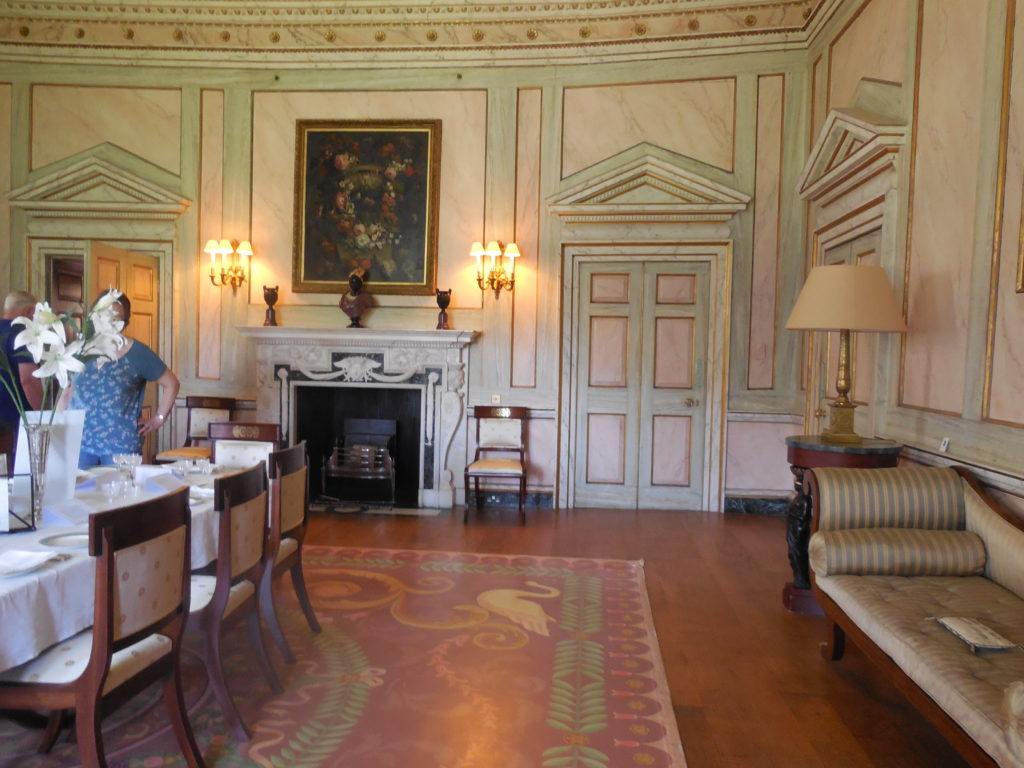
The dining room was a popular venue for gatherings of the Russells’ artistic and intellectual friends in the 1930’s.
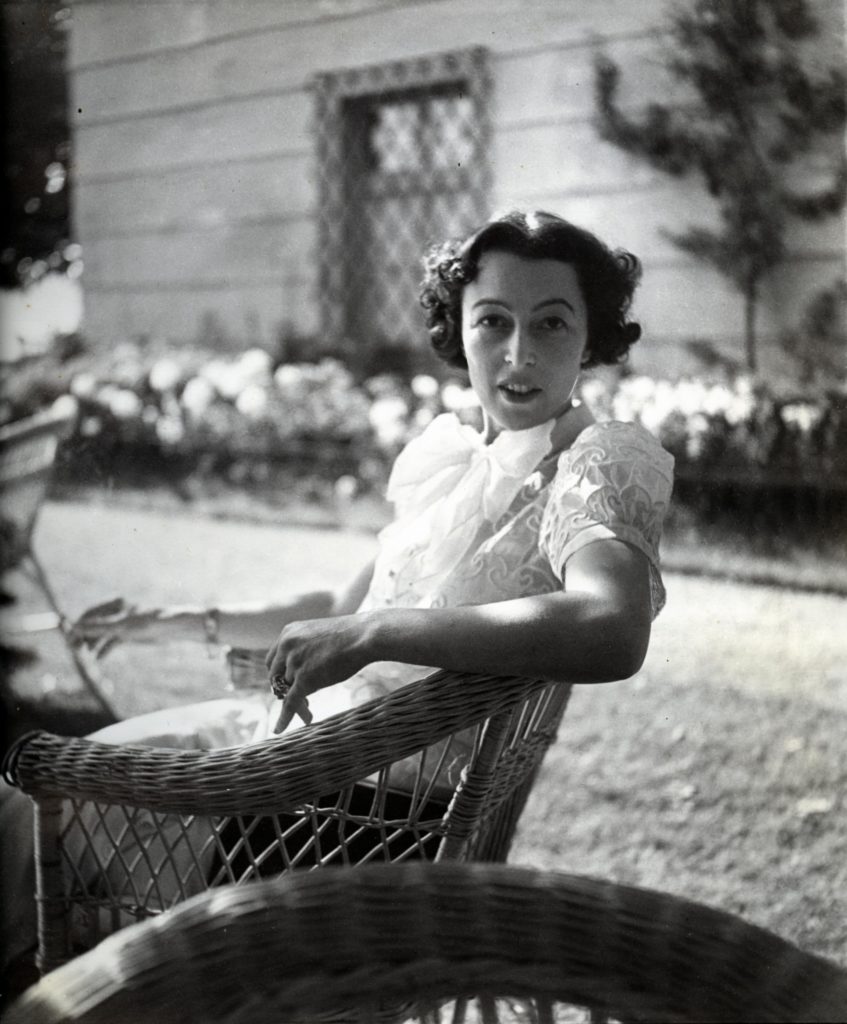

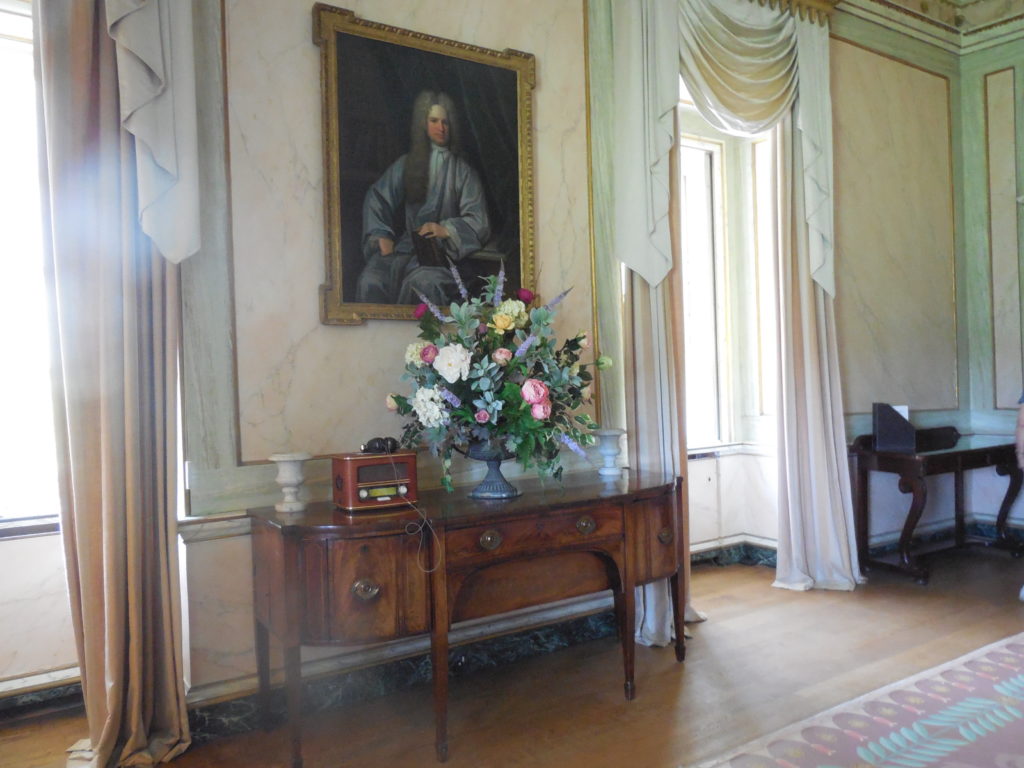

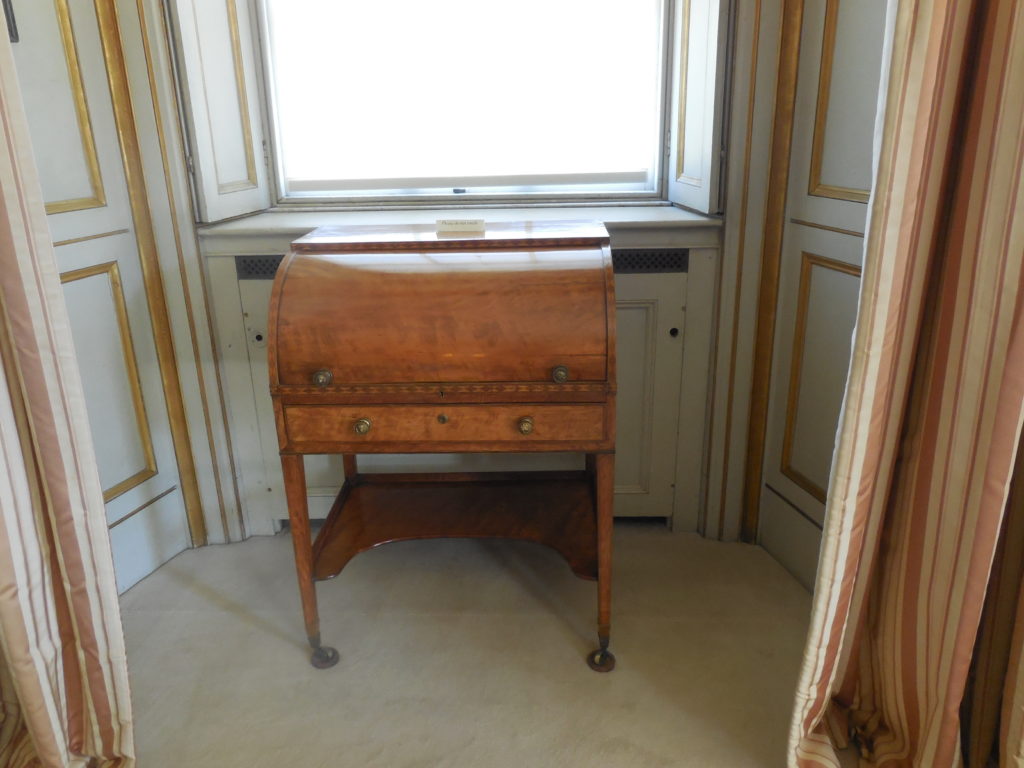

The piece d’resistance of the Montisont House: The Whistler Room. Maud Russell commissioned artist Rex Whistler to decorate her drawing room in the late 1930’s.

Whistler (1905-1944) painted many murals and trompe d’oeil works in England, including the famous murals in the restaurant of the Tate Britain, ad the fantasy landscape at Plas Newydd, from which the self-portrait below is a detail.
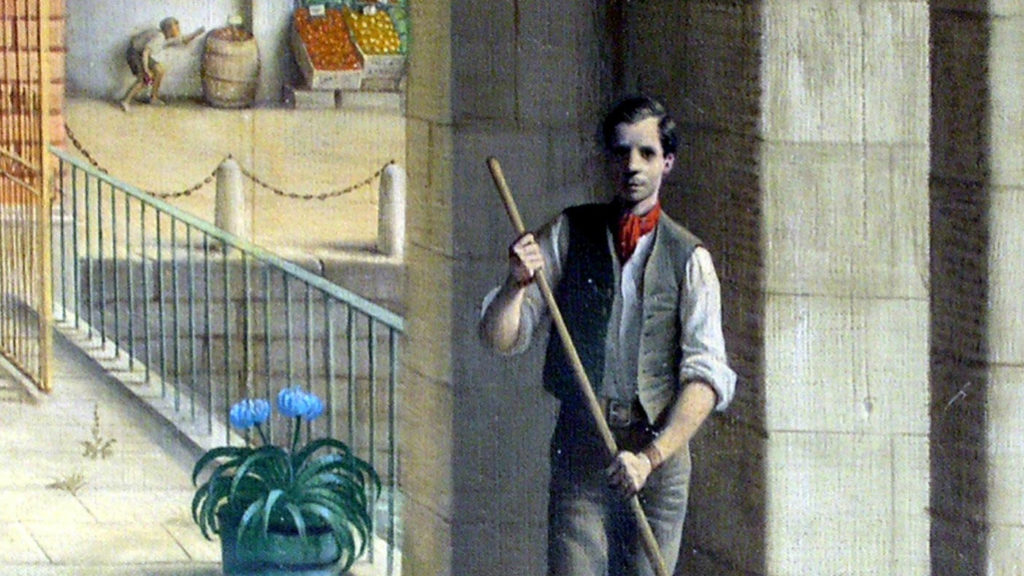
In addition to his renown as an artist, Whistler was a member of the set known as the “bright young things” between the wars, a friend not only of Mrs. Russell, but of Lady Caroline Paget, Cecil Beaton, and many others. Whistler died fighting in Normandy in 1944.
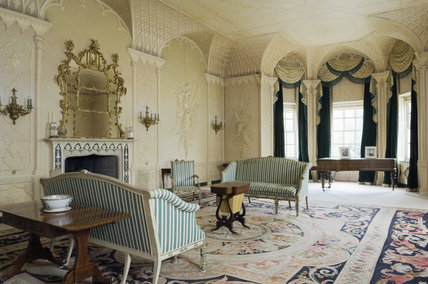
Above three pictures ©National Trust. All others in this post were taken by me.
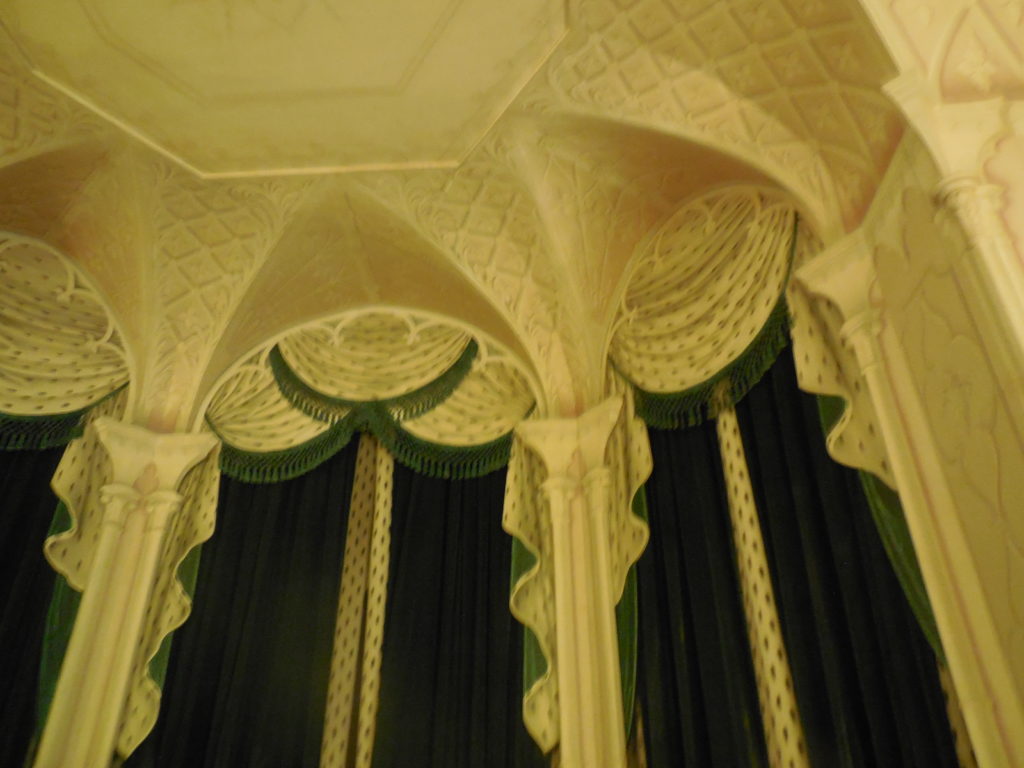

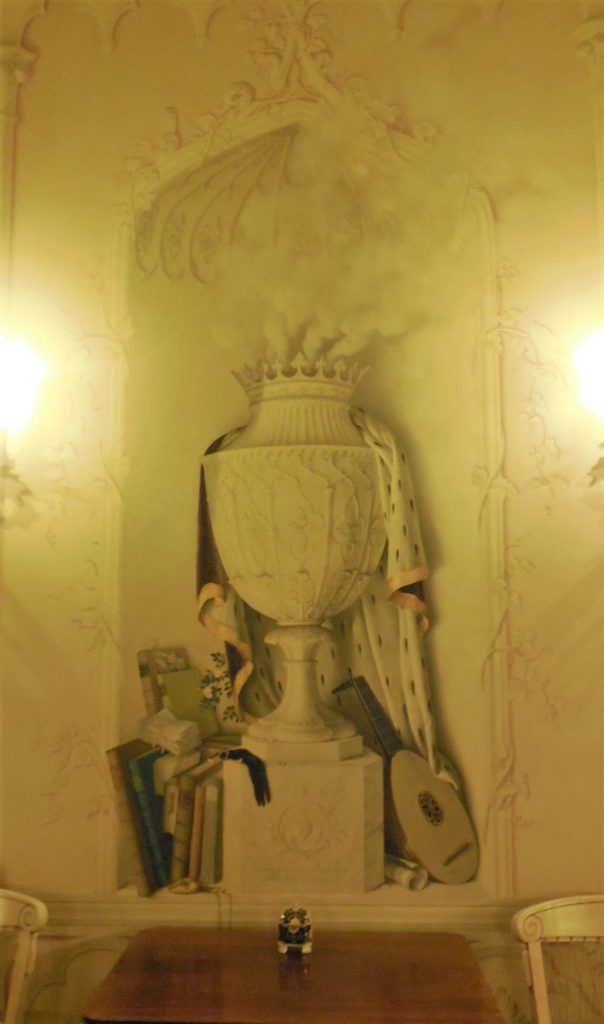
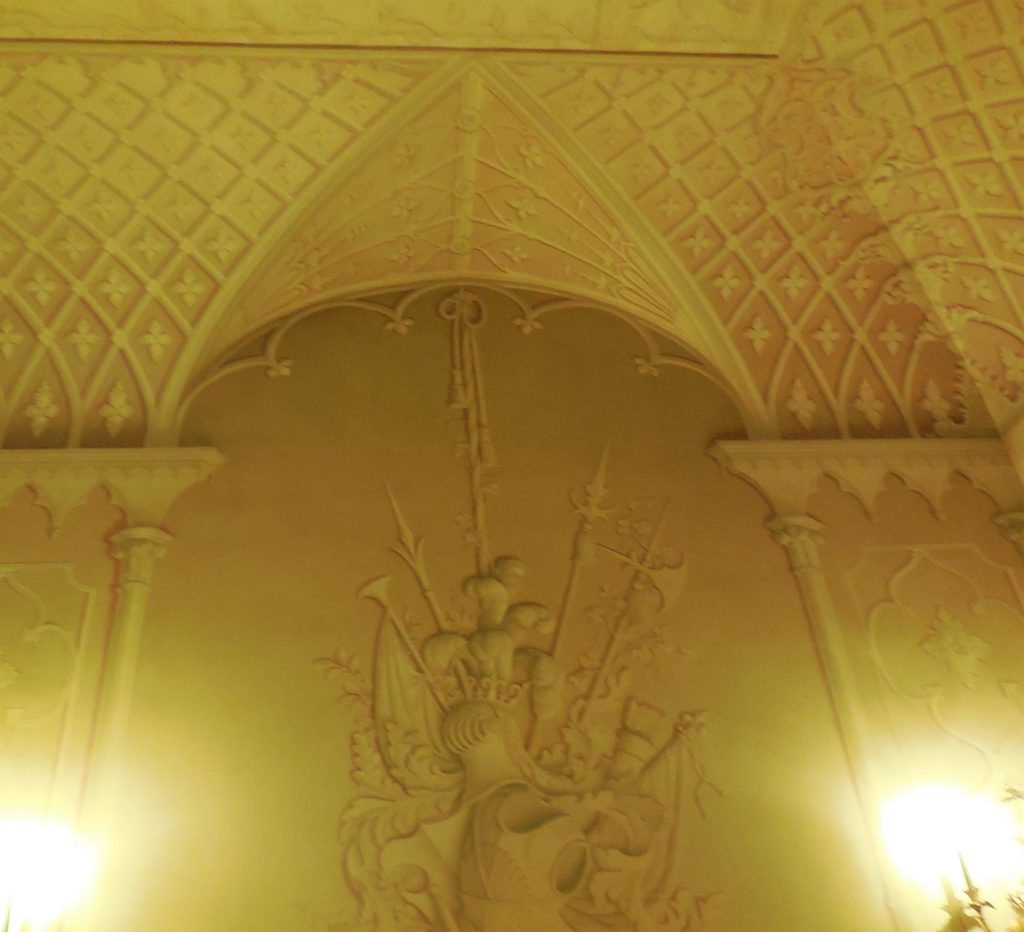
In May, we were a little early for the roses in the NT Rose Collection of pre-20th Century species. But we thoroughly enjoyed the beautiful font (spring) and stream which feeds into the River Test, as well as the many families enjoying picnics and games on the lawns.
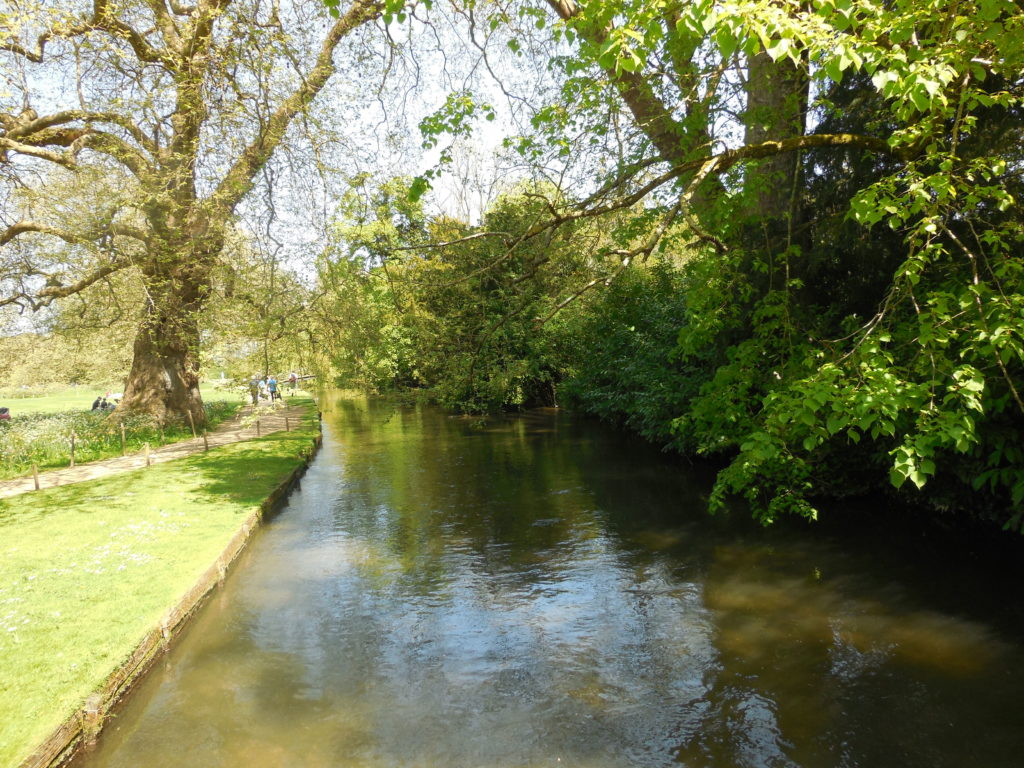
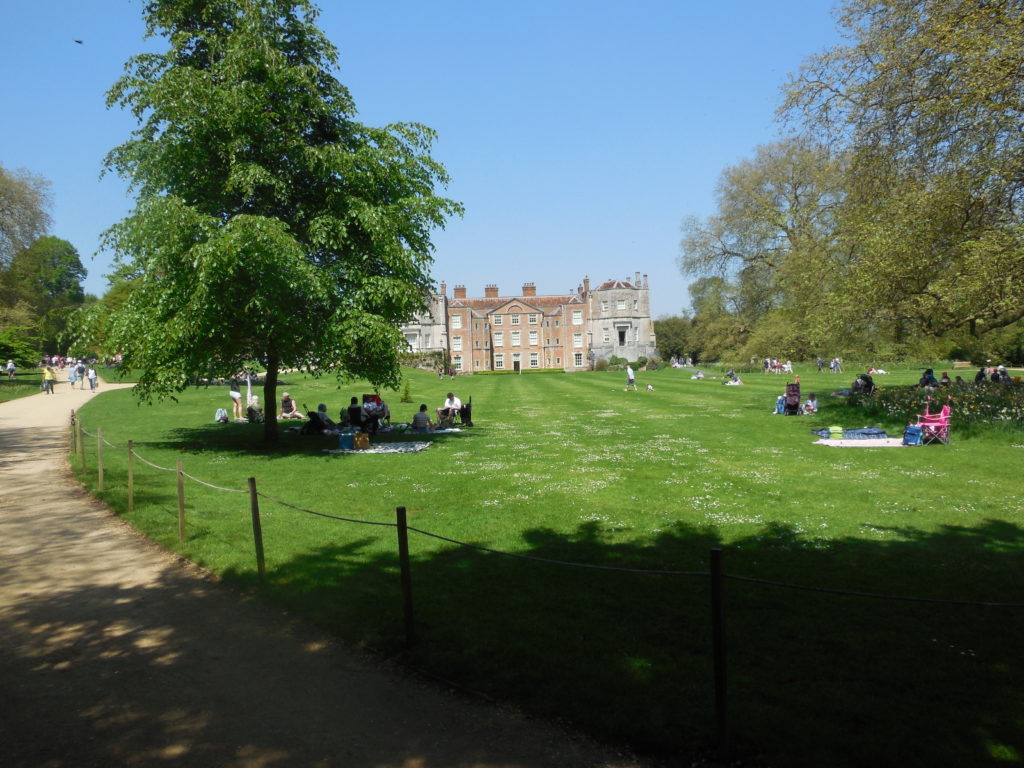
Would you like to experience travel in England first-hand?
Visit our website for a list of upcoming Number One London Tours.